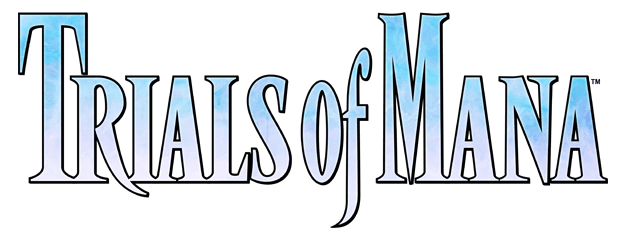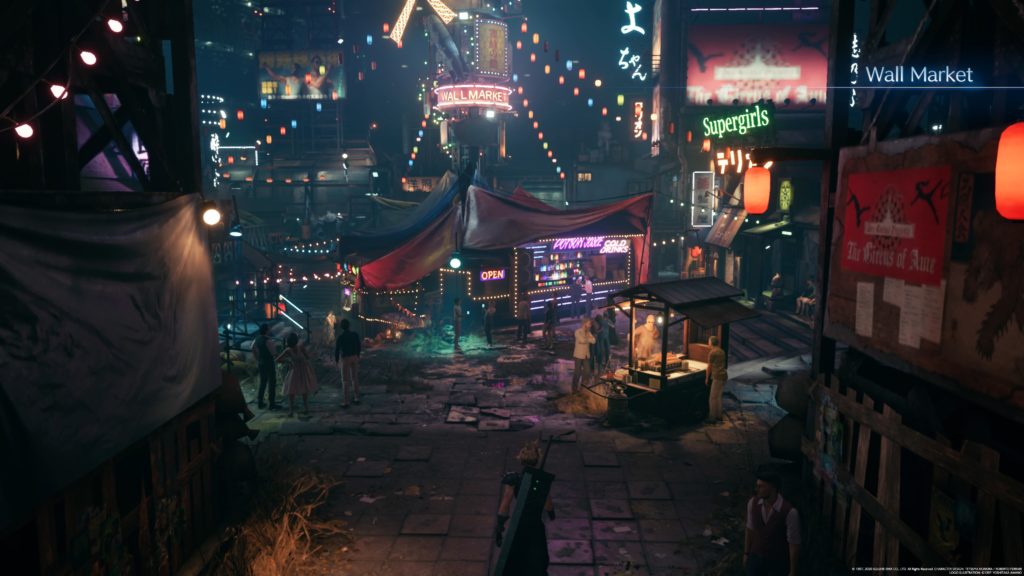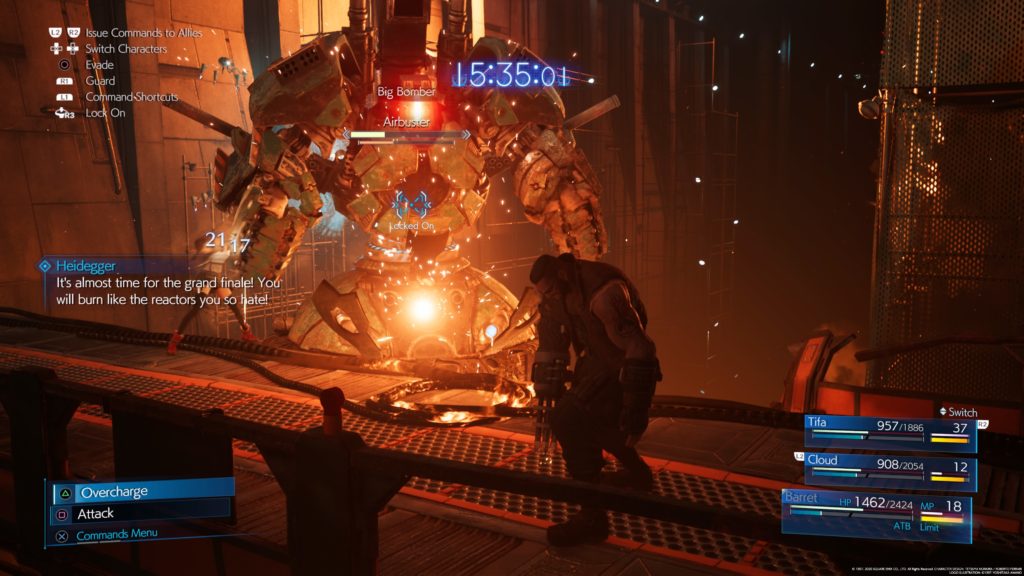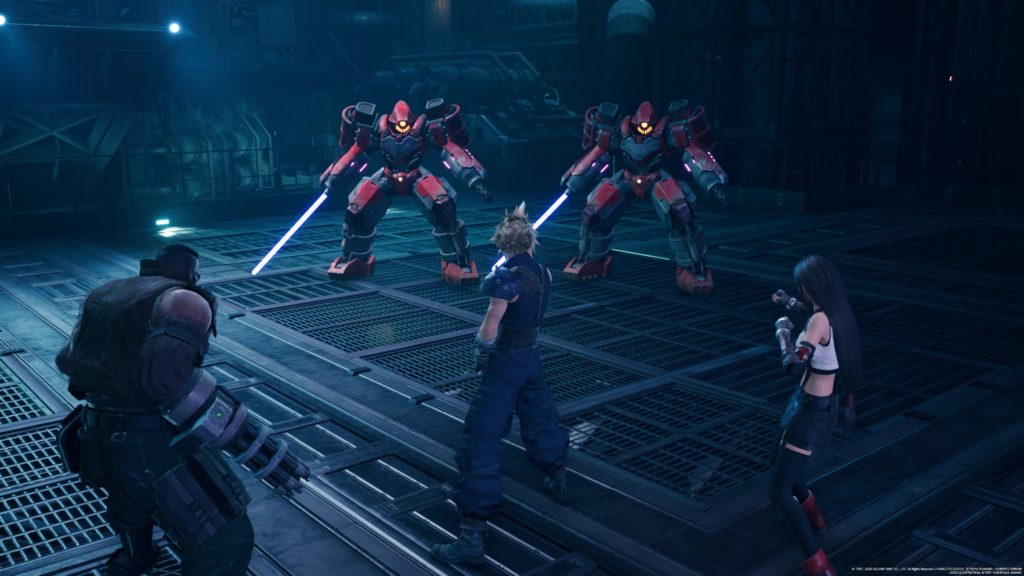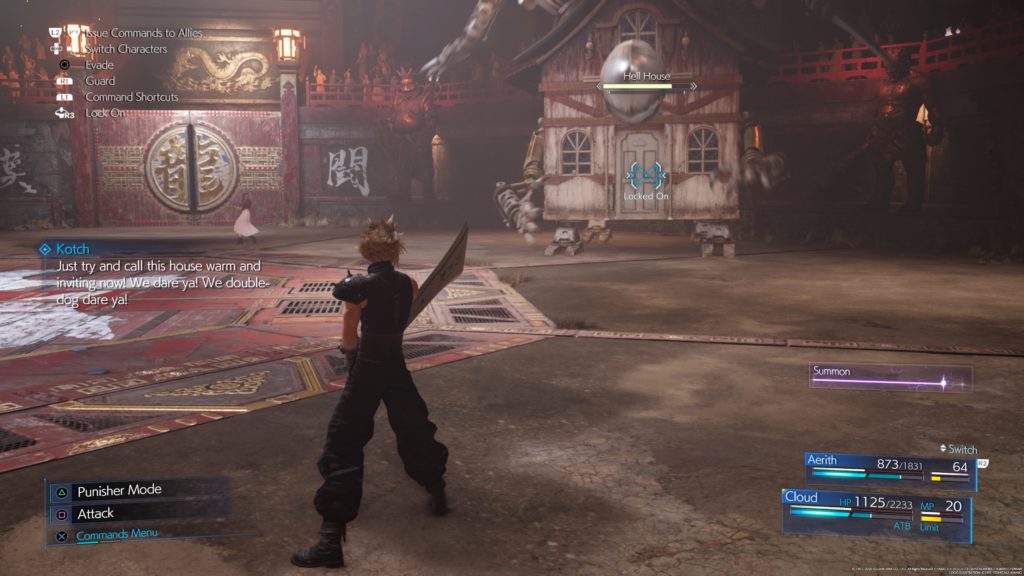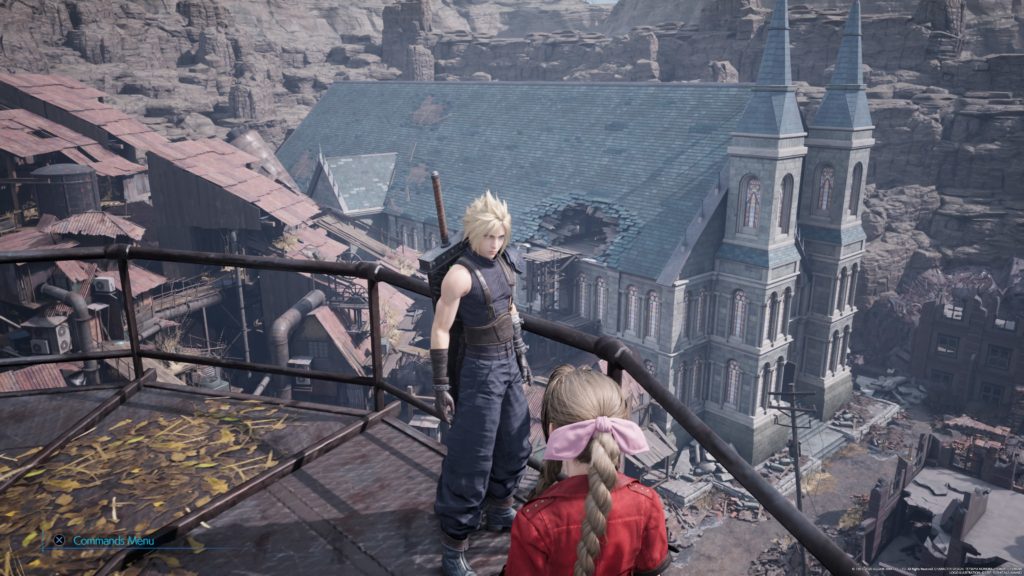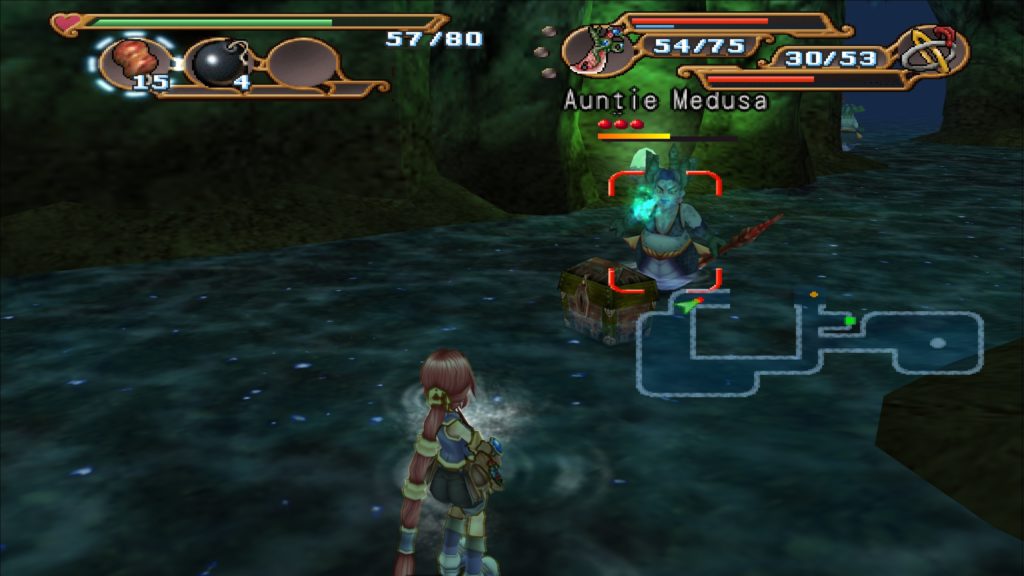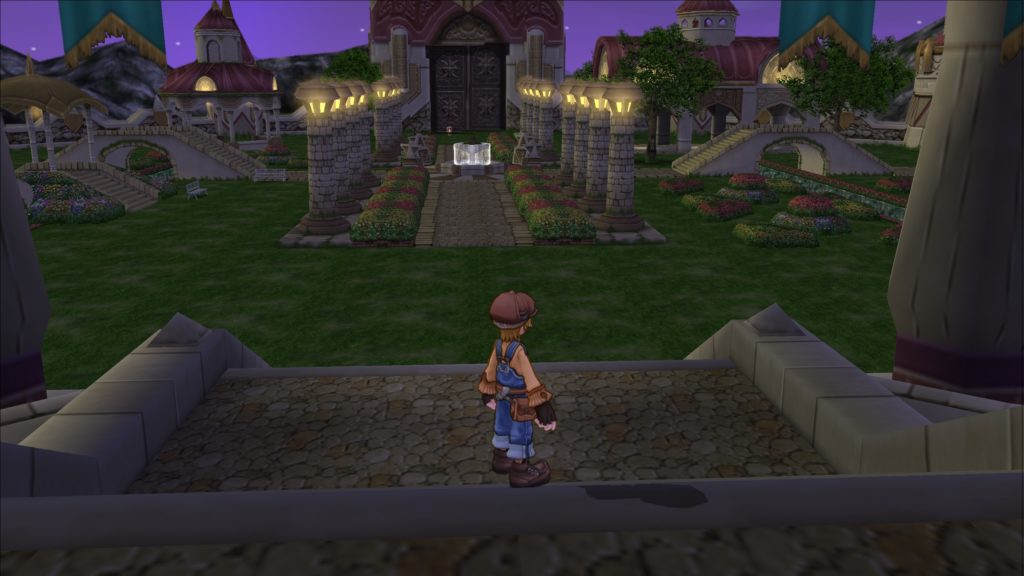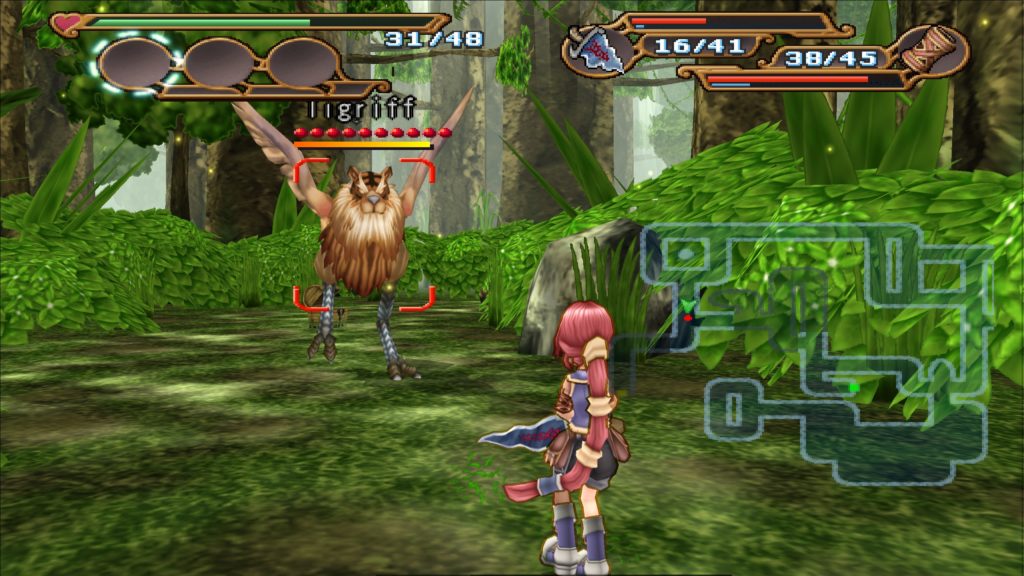- Genre: Action RPG
- Platform: PS4
- Also Available On: Switch (original in Collection of Mana and remake), Windows
- Originally On: Super Famicom
Where Final Fantasy VII Remake took a classic and completely reinvented it, this is more of a careful remake. Ya it does some things different than the original. Ya it’s in 3D. However, it follows a pretty safe path in modernizing the original instead of reinventing it. At the same time it’s a lot of fun on its own, so I didn’t particularly mind the areas where it still felt stuck in the 90s. If it wasn’t for AI difficulties, I would have no problem pushing this one more, but the AI really ran into problems that I’ll get into.
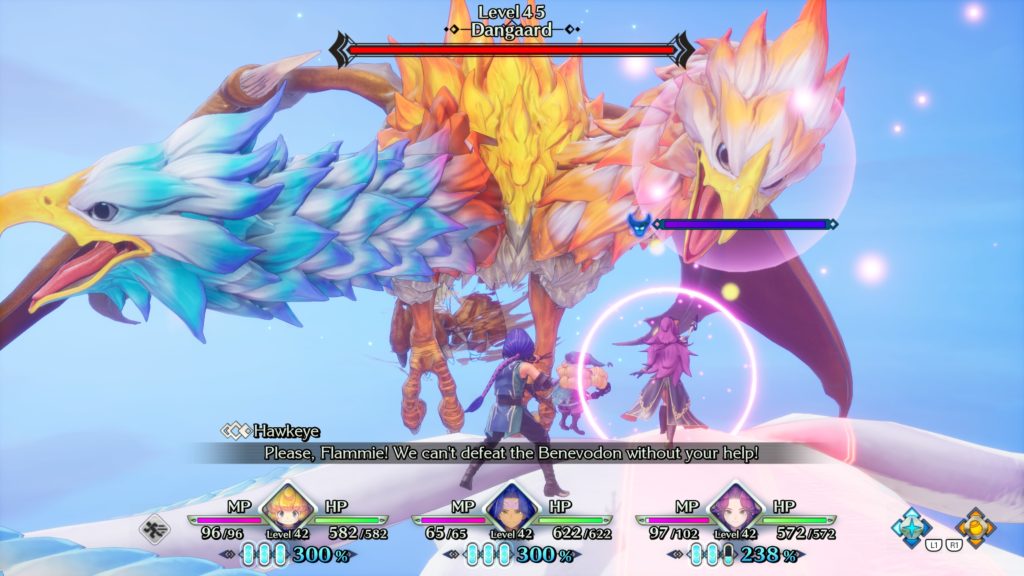
Where Secret of Mana’s remake felt odd because it stuck to its design, Trials feels good for the same reasons. Trials in general was always a more modern approach to the ARPG formula, having things like distinct combat areas, combo-based attacks instead of stamina, easy access to magic and skills, etc. It all worked pretty well on the SNES. In 3D it still works just as well thanks to some pretty solid implementation of hard lock targetting and target switching on the right analog stick. In its current form, it feels pretty reminiscent of the Tales of series, which caught me pretty off guard. The fights have a pretty good flow to them in normal trash fights, and for the most part the bosses played a balance that I really enjoy – not punishingly difficult, but longer in form and with multiple distinct phases, forcing you to keep focused and learn on the fly.
However, the boss fights are really where the AI struggles. As the game progresses, there’s more frequent segments where some high priority targets spawn with a timer. At the end of the timer is usually some punishing mechanic – maybe the boss gains 15% health back, maybe there’s large AoE damage, maybe there’s more adds, maybe it’s a guaranteed party wipe. By and large these are things that MUST be killed, and fast. However, the AI has extreme problems targeting them, and if you even get lucky, the AI typically won’t hit them more than once or twice before going on cooldown. Of the probably 6 or 7 times I party wiped in the game, I think only one of those was because of something other than a timed segment where the AI simply didn’t attack.
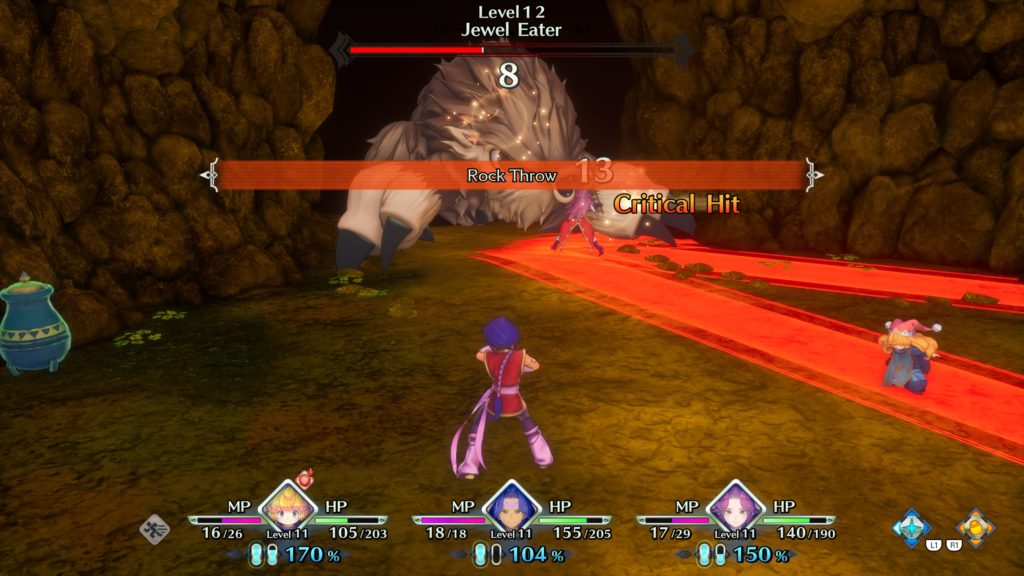
On the other hand, the game is extraordinarily clear about how the enemy is going to target you with special and magical attacks. Targeters are large and red, and very precise to the area that will be hit. They also fill in various ways to indicate when attacks will take place. Circle AoE fills from the center out. Sweep cones will go from the inside to outside of their sweep. What I like about all of this is that dodging attacks is never about small tells or dramatic animations. It’s 100% about paying attention to where you are, what the targeter is doing, and having an idea of how long you can stay in place attacking before dodging the hell out of the way. It’s both incredibly clear in execution, and allows for attacks to be incredibly punishing when they hit you, which ends up being a very fun and very fair combination.
The rest of the game kind of is what it is. The story is a straight pull from the 90s, and is a plot we’ve seen 1000 times before. It’s got a pretty cliche fantasy take on some other dimension dude taking over someone’s body and sending its minions in to sow chaos and take over the world. On the other hand, they’ve added a ton of voice acting across the board, so the story that is there is much more alive than in the past. Towns still feel like 90s JRPG standards. Ya there’s a bunch of people, but they nearly all throw irrelevant one liners in conversation. As a result, towns still work as the usual standard three stop affair – weapon shop, armor shop, inn to sleep and save. However, it’s still as fun as ever to walk into a town and buy out the entire upgrade stock, leaving the town as a more powerful badass version of your party. This release also has the same class tree as the original, which is effective but nothing new. Each branch of the tree has a bit of a specialization, and you can definitely tailor it to your preferred style, but it’s not doing anything that isn’t standard to the genre.
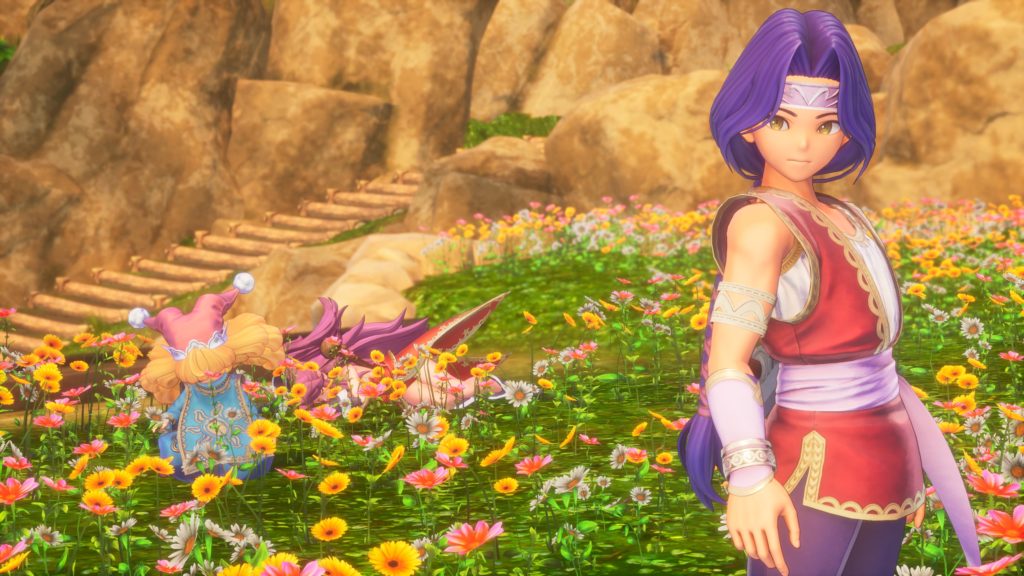
As safe as this release was though, it is still fun. Ya the AI problems on boss fights suck, but you get through them. Because the battle style focuses more on skill than numbers, I didn’t really need to putz around grinding. However, the game also gave out a fair amount of XP to balance that so it wasn’t like I was surviving purely on grit and determination. Trash fights have a really nice flow to them, so that never got boring. Ignoring the AI problems, the boss fights were also mechanically fun and long enough to feel like a real accomplishment. Is this as impressive a remake as Final Fantasy VII Remake? Absolutely not. However, it doesn’t feel like it was trying to be, and where it ended up feels like where it belonged.
